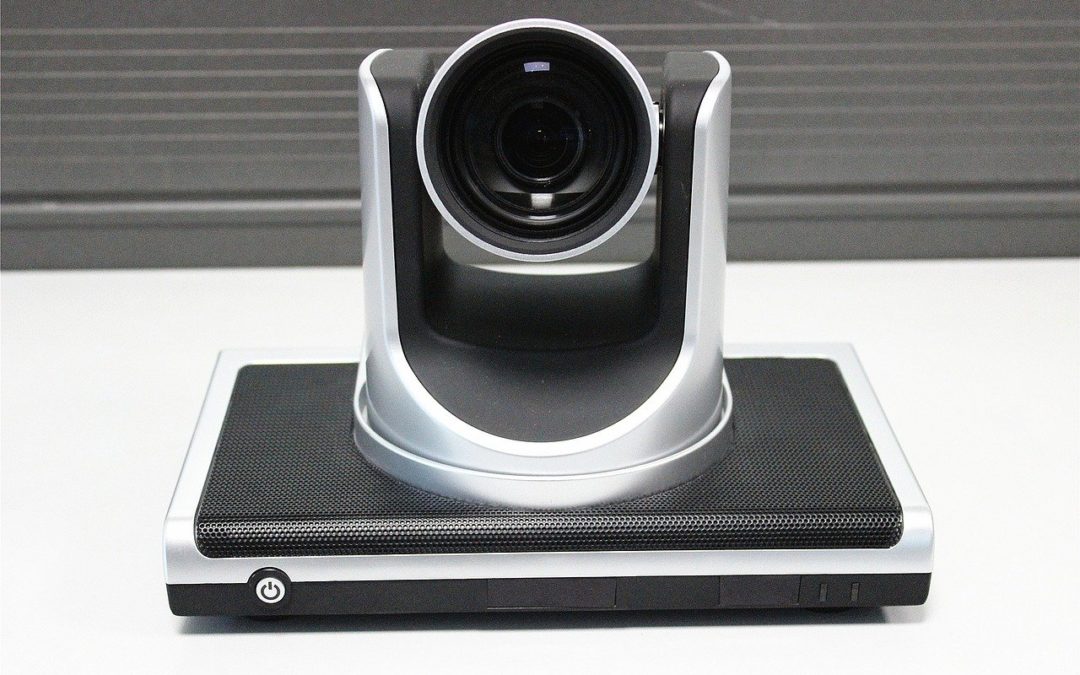With the development of the Covid-19 pandemic, working from home has become the norm for millions of professionals. Whether it is management meetings, sales calls, or business meetings – video communication has become an essential tool. The best messaging can be compromised by poor quality video. Research shows that facial expressions and reactions are key elements of communication. If your camera cannot capture these, your ability to communicate effectively is reduced. The webcam attached to your laptop or contained in your mobile phone is a poor substitute for a top of the line camera.
There are two categories of web cameras: work and live streaming. As a professional, putting your best face forward means that you should focus on live streaming cameras.
There are three aspects of quality to consider:
- Video Quality – The quality of the image captured is usually expressed at screen resolution at 1080 or 720 as the most common options. This represents the number of lines on the screen. The more lines, the higher the quality of the image. Most video meeting software runs no more than 1080 lines, so this is the best option. The angle of the lens controls how wide the image capture is. The higher the angle, the wider the capture. If you may have another person near you, or want to display an object, a wider angle is better. If it will always be just you, a more narrow angle is acceptable.
- Sound – Built-in Mic – The best webcams come with built in microphones and tout their high sensitivity and ability to screen background noise. Consideration of a separate headset for audio is warranted if your setting may have competing noise. The ability to be heard and receive audio is vital to effective communication.
- Lighting – While the lighting may seem perfectly adequate in your workspace, often video conferencing software may darken the display. Either choose a camera with built in lighting, or place a lamp where it will provide sufficient lighting so that your image is clear to viewers. The better you can be seen, the better your ability to communicate the non-verbal cues that are so important to human communication.
Making this time work for you means that your communication should be as close to a face to face interaction as possible.



Recent Comments